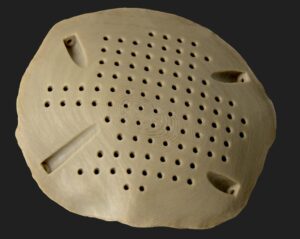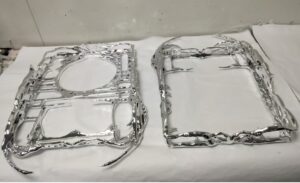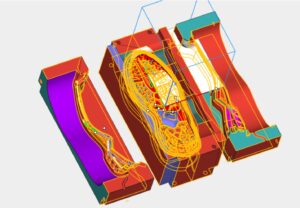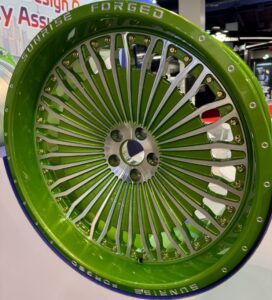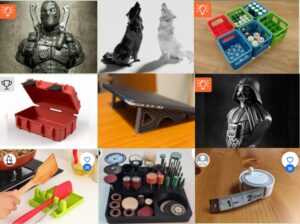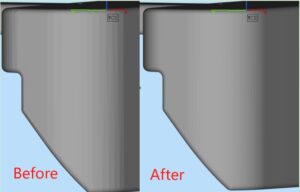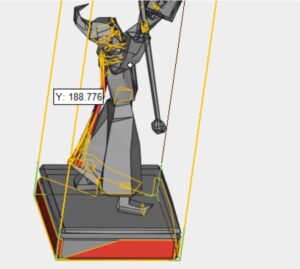SLA uses a UV laser to cure liquid resin into hardened plastic in a process called photopolymerization. Different combinations of the monomers, oligomers, photoinitiators, and various other additives that comprise a resin result in different material properties.
When talking about the pros, the materials exhibit properties like smoothness, and better surface finish. These are capable of producing finer features with great details.
Plus, they are highly stiff. On the flip side, these produce relatively brittle parts that lack flexibility. Plus, being photosensitive, these parts are not suitable for outdoor applications.
The exposure to UV rays could change their mechanical properties compromising their actual use. Moreover, these are prone to creep as well.
But as said before, the different resins showcase different properties. So, let us check in detail the various options and their unique properties.
First of all, the following table covers most of the materials for UV curing 3D printing, and only some of them are selected for introduction this time | 